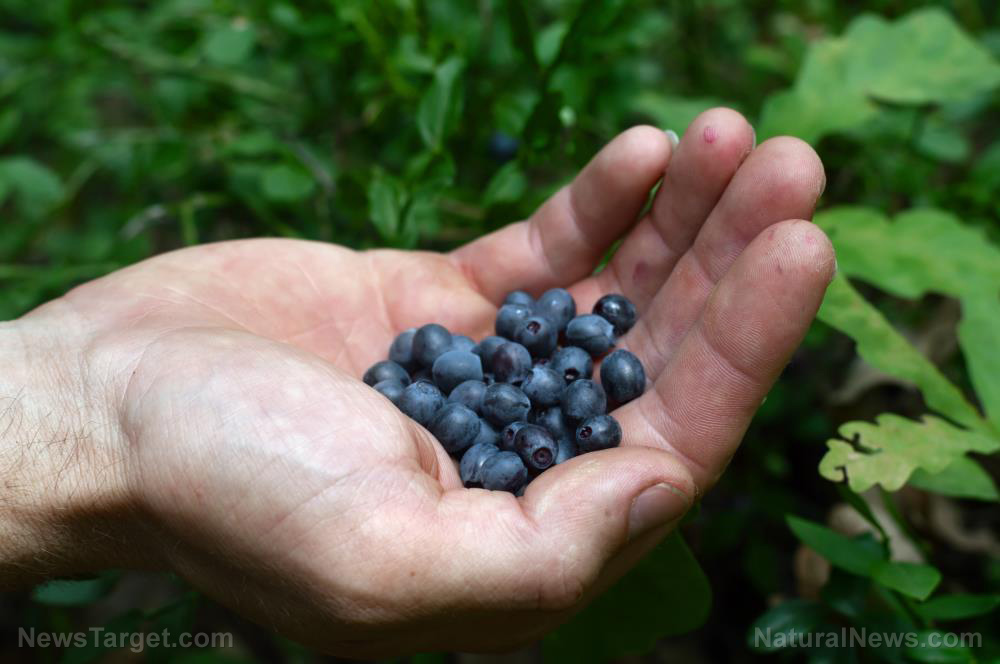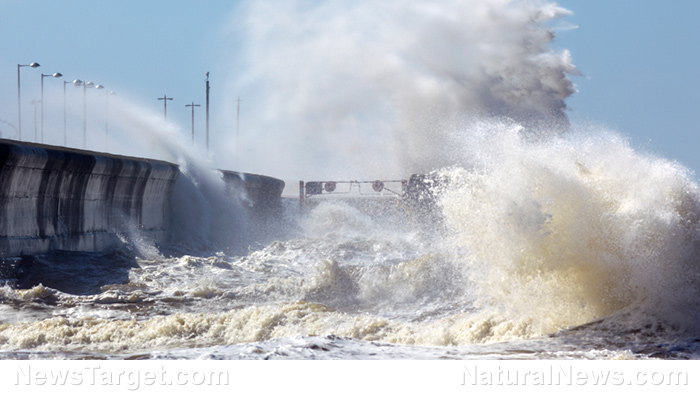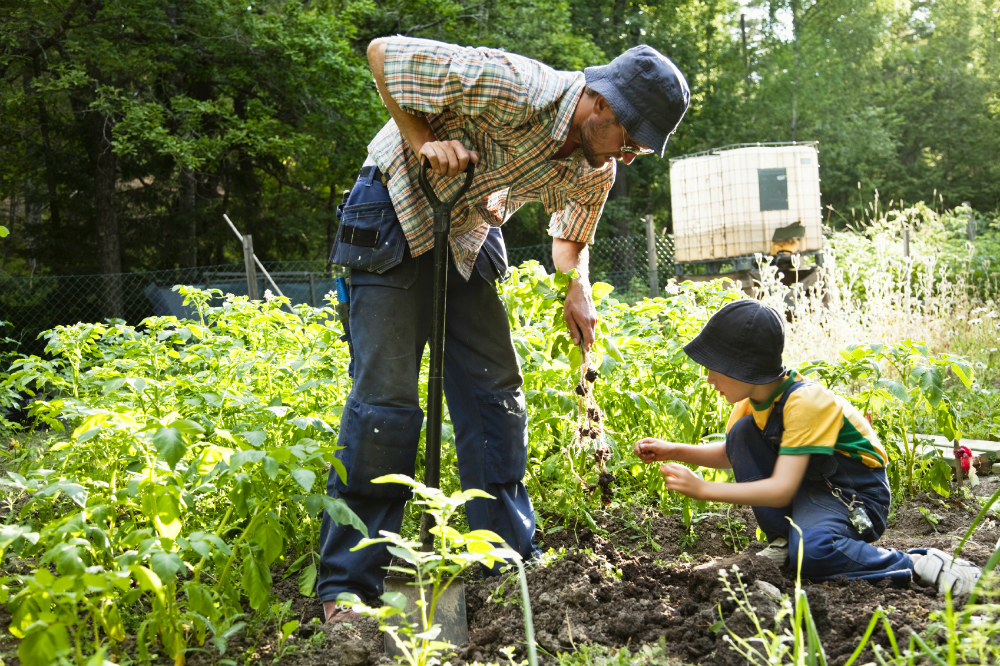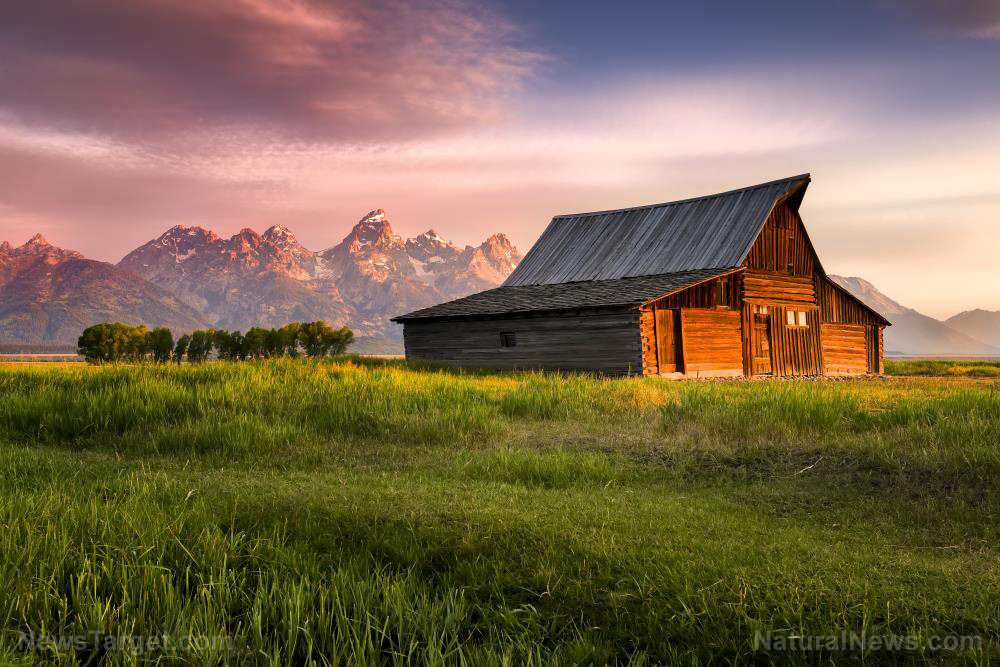
If you want to improve your prepping skills before SHTF, learn how to forage for food so you don't starve if you are trapped and lost in the wilderness. (h/t to Survivopedia.com)
Here are five things you need to learn so you can forage for nutrient-dense food in different locations and situations.
Learn about edible plants in your region
The safest and easiest way to forage for nutrient-dense food requires research. Use resources like libraries and the internet to learn about different plants and herbs that grow wild near you and offers the greatest dose of antioxidants and phytonutrients per serving. (Related: Foraging 101: Tips for mushroom foraging.)
The "Great White North"
Pine needles are a great source of vitamin C. This vitamin helps prevent colds in the frigid season, but it only works if you already have it in your system before you get sick.
Nuts and seeds are also nutritious and you may find some in the winter.
You won't find many green shoots after the first snowfall, but root vegetables usually last longer. If you need food during winter, check for the last of the season's beets, potatoes and winter squash.
You can also find apples and other frozen fruit still clinging to the branches.
Temperate forests
Temperate forests are a great area for foraging.
- Forage for berries during the summer. Learn how to identify edible berries like blackberries, black raspberries, blueberries, juneberries, gooseberries, mulberries and wild strawberries and gather them at their peak. You can save edible berries through drying or preserving.
- Chicory is often used as a coffee substitute.
- Dandelion flowers, leaves and roots are edible. You can also use it to make wine at home.
- Elderberries can be used to make winter cold remedies and elderberry wine.
- Nuts are a natural source of plant-based protein. Oily pine nuts provide filling fats and you can add a handful into a thin winter vegetable soup to make it more satisfying.
- Wild lettuce, which is spikier than lettuce from the grocery store, has a bitter flavor and is full of beneficial phytonutrients.
Open prairies
Prairies also contain similar food sources as you would find in temperate woodlands, but you may have to wander through the corn rows to find stray patches of burdock and purslane.
You can find grains like amaranth as well. Amaranth leaves can be used as a salad green while the seeds can be pounded into a highly nutritious flour that is safe for people with celiac disease.
Corn should also be abundant since grain crops blow in the breeze, meaning seeds end up growing outside of farmers' fields. This ensures that you don't have to steal if you go hungry.
You can also find edible flowers amid grains. Coral honeysuckle, wild mustard and wood sorrel are brightly-colored, making them easy to find. These plants can be eaten raw or brewed into tea.
The desert
Despite its reputation as an arid, lifeless location, you can also forage in the desert. Prickly pear fruit can be used to make preserves that may help lower your blood pressure. Prickly pear leaves can also be eaten after removing the spines.
Most cacti are edible, as long as you prepare them the right way.
Chia seeds are one of the best plant-based sources of omega-3. The seeds can be found in the desert during spring.
Mesquite seeds look like pea pods, but the former can be dried and ground into a gluten-free flour.
Wolfberries are considered the goji berry of the desert because they are also full of antioxidants.
You can also find low-growing plants like burdock, purslane and wood sorrel in the high desert. Lastly, you can also forage for mullein, an edible that can be used to make a natural cold remedy.
Learn how to find water sources
If SHTF and you run out of food, look for sources of water. Many of the most nutrient-dense foods in the wild thrive along waterways.
If you live in the frozen north, a boat will be very useful for foraging or fishing. You can try foraging for pine needles and frozen fruits on trees if it's January in Alaska, but you might have better luck ice fishing like the Eskimos.
Go ice fishing with a friend for safety. If you're going solo, bring an ice pick and know how to use it.
Fishing during the warmer months is easier. Fish are a great source of lean protein and omega-3 fatty acids that are important for your heart and neurological health.
Waterways can also be a source of various tree varieties. Acorns can be roasted in a pan over a campfire.
Walnuts on the tree look like green apples and they are a delicious plant-based protein source once you remove the outer husk.
Grains can also be foraged near water sources. You can eat almost every part of the cattail plant while reed grass can be steamed or pounded into flour.
Use watercress to make salads, sandwiches and soups.
Learn about edible insects
When SHTF, you shouldn't be picky about what you eat if you don't want to starve. In some cases, this might mean having to eat insects.
It's best to avoid foraging insects from cultivated areas that might be treated with toxic chemicals.
If you find beetles in the wild, bring them back home and bake them in the oven. You can crush beetles and sprinkle them over vegetable soup to add protein if you can't stand eating roasted bugs.
Learn how to preserve the food you foraged
Foraging will be easier in certain months than in others.
To extend the shelf life of your foraged plants and herbs, learn about these useful food preservation methods:
- Canning – Home canning can save food for at least several months, but you need to do things properly to avoid botulism.
- Cold storage – Cold storage can involve freezing food or digging a root cellar.
- Drying and dehydrating – This method is the easiest for storing berries, grains and nuts.
- Fermentation– Fermentation imparts nourishing probiotics on foods like sauerkraut.
- Pickling – Pickling is often used on cucumbers, but it's also great for different vegetables like beets, carrots, peppers and turnips.
- Preserves – Preserves can keep summer fruits fresh for use later in the winter.
- Salt – Adding salt to food reduces water where microbes breed. However, you might want to avoid this method if you are watching your salt intake for health reasons.
Learn how to hunt
Animal meat contains complete protein and plenty of nourishing fat that will help you stay warm during winter.
If you're lost in the wilderness, you can still hunt even if you don't have a gun.
Find a piece of a sapling and use a length of rope to set up a simple snare for rabbits. Once you catch a rabbit, you can make stew that is rich and nourishing. The skin can be used to make hand or foot coverings or a new hat.
Foraging is a lost art, but it's a crucial skill for preppers. Knowing how to find food in the wild comes in handy if you get lost, but you can also use your foraging skills to provide food for your family if your budget is tight.
Watch the video below to learn how to make pine needle tea.
This video is from the Health with benefits channel on Brighteon.com.
More related stories:
Prepper foraging tips: 6 Wild lettuce lookalikes to avoid.
Foraging 101: 4 Must-have tools when gathering food in the wild.
Survival foraging: 5 Edible weeds to harvest when SHTF.
Sources include:
Please contact us for more information.























